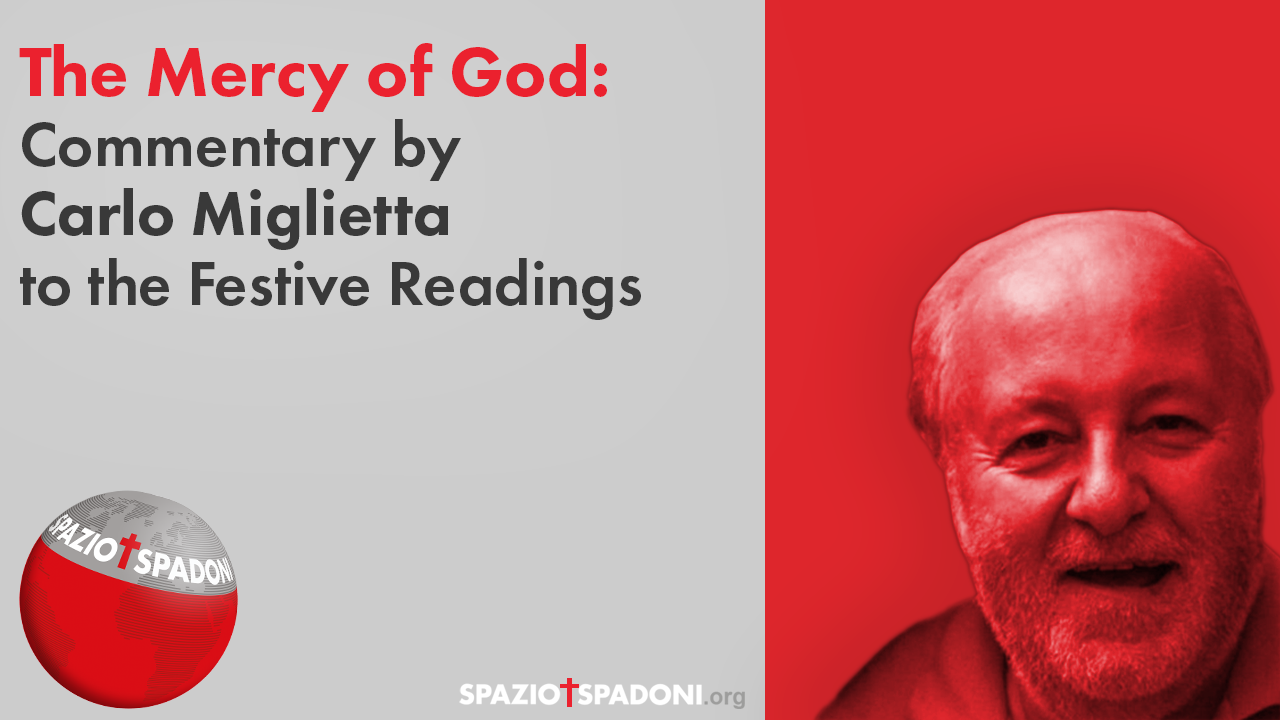
Sunday XXIII Year B – Jesus Heals The Church, Deaf And Stuttering
Readings: Is 35:4-7; Jas 2:1-5; Mk 7:31-37
Leaving Capernaum, Jesus secretly goes into pagan territory, perhaps to seek some peace of mind (Mk 7:24-25): but Isaiah had foretold in apocalyptic language that Tyre would be visited by God and would see salvation (Is 23:17-18). Jesus, aware that he was sent only to the lost sheep of the house of Israel (Mt 15:24; Mk 7:27), does not preach. Yet he casts out demons (Mk 7:26-30) and heals the sick, that is, he brings in concrete works the Kingdom of God, as Isaiah had prophesied in the First Reading (Is 35:4-7), of that God who “chose the poor in the world to make them rich by faith and heirs of the Kingdom,” as James says in the Second Reading (Jas 2:1-5). Jesus thus legitimizes the Church’s subsequent preaching to the Gentiles and shows it how it is to operate.
In today’s Gospel, Jesus heals a deaf-mute with therapist gestures: with this deaf and mute man, incapable of verbal communication, Jesus makes contact through the physicality of taking him aside, putting his fingers in his ears, touching his tongue with saliva (which according to the Jews was the solidified spirit: Jn 9:6). Such gestures are liturgical, taken from the baptismal rite: but they tell us that God truly comes to seek us where we are, makes contact with us by taking us in our direction, conversing according to our ability to understand him.
In v.34 Jesus looks up to heaven: it is an act of prayer, according to the popular tradition that God is “in the heavens” (Mt 6:1, 9), but it is also a gesture of revelation that his power comes from God, from the God who has now in him opened up the heavens (Mk 1:10): only Stephen the martyr (Acts 7:56) and the Church at the end of time (Rev 4:1, 19:11) will be able to lift up their eyes and see.
Then Jesus sighs: it is deep participation in the fate of the sick, it is an expression of the groaning of creation, subjected to transience (Rom 8:22-27), but it is also emission of the Spirit, as on the cross (Jn 19:30). Finally he utters the command, “Effata” (quoted in Aramaic as a sign, to Mark’s hearers, of mysterious power), and performs the miracle. The crowd cheers, according to a liturgical hymn, in v.37.
At the end of the first part of the “section of the loaves” (Mk 6:30-8:26), Mark places this symbolic miracle: a man “kophòs,” dull, deaf, and “moghilàlos,” stuttering, unable to speak, is healed, just as at the end of the second part a blind man will be healed (Mk 8:22-26). It is The Church, which has not understood the “bread talk,” which is incapable of hearing the Word (and thus proclaiming it), which cannot recognize the true Bread, that needs to be healed. God’s intervention is needed for us to understand. Baptism, recalled in this very passage, a gift of conversion and healing, is needed to understand the Eucharist.
Faith comes from hearing the Word (Rom. 10:17): only if we are able to accept the Gospel and lower it into the depths of our hearts, can “the knot of our tongue be loosened and we will speak rightly” (v. 35), in turn becoming heralds of the Kingdom. So many times instead, we talk, we talk, we always have a word about everything and for everyone: instead, the believer is first and foremost the man of hearing and meditating on the Word, like Mary, who “kept all these things in her heart, pondering them in her heart” (Lk. 2:19, 51). Only after we have received, contemplated, “ruminated,” and treasured Scripture, in the light of the Holy Spirit, can we proclaim to the world not ourselves, but God alone!
The first to whom Jesus opens his ears and loosens his mouth are the distant ones, the pagans, those outside the Holy Land, indeed, “in the background, far from the crowd” (v.33): may we always have the humility not to consider ourselves the repositories of truth, but to line up before him as well, “begging him to lay his hands on us” (v.32)!
